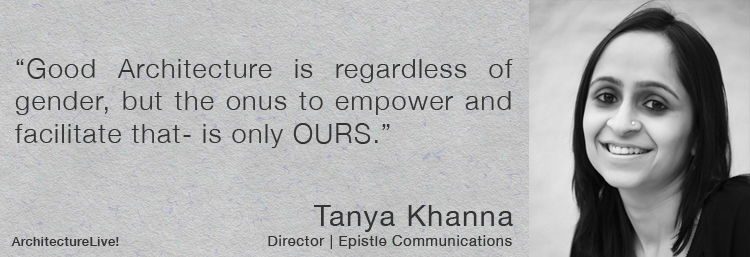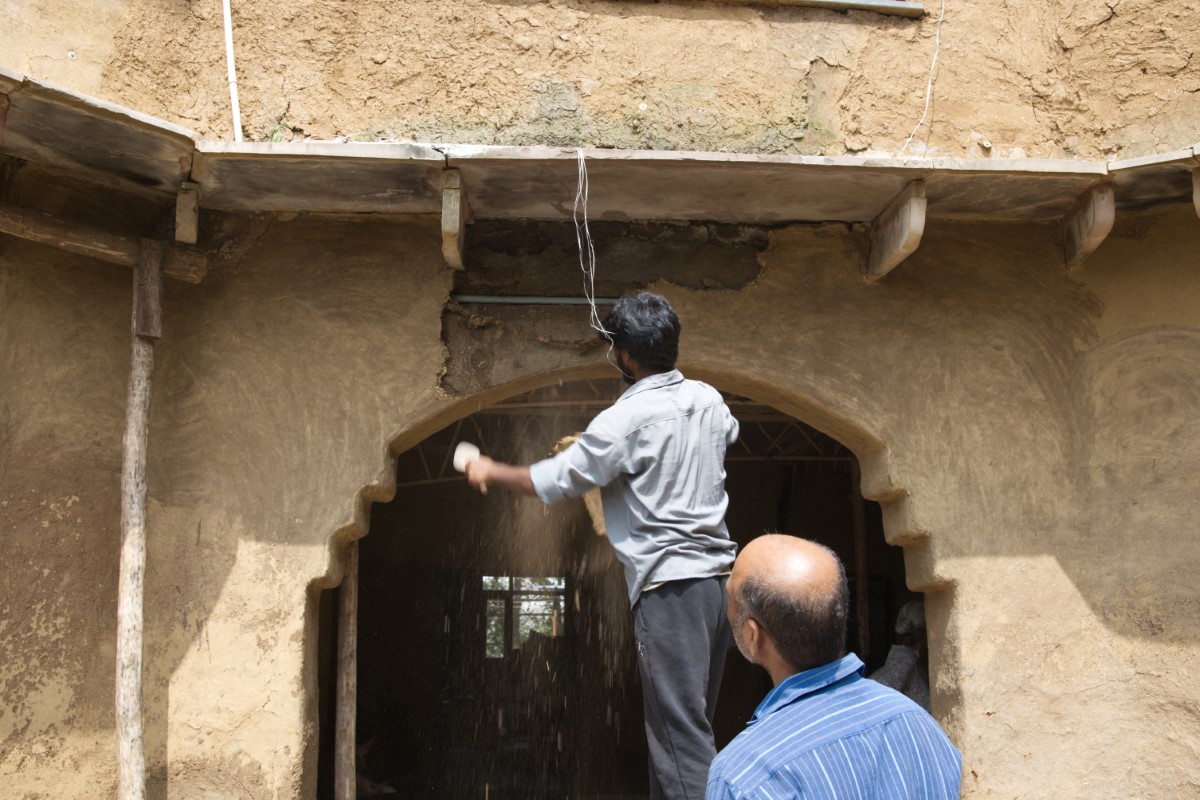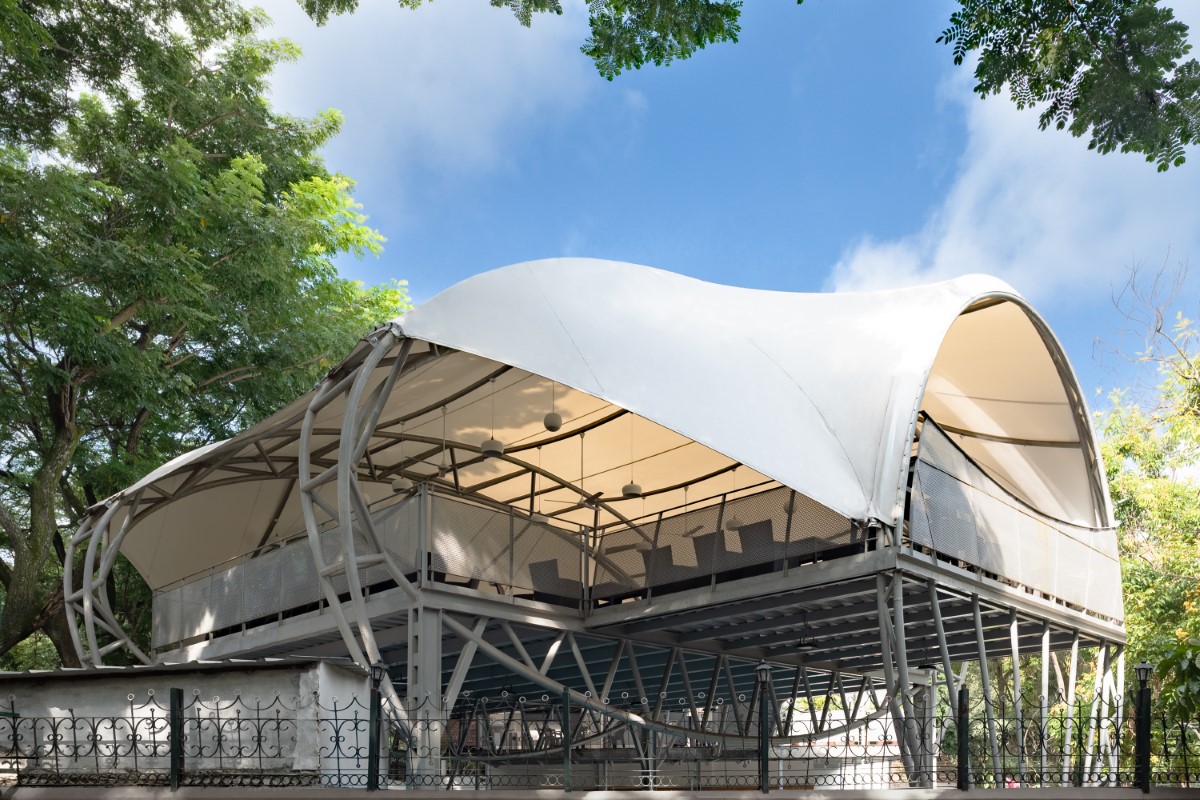Tanya Khanna, Founder and Director of epistle communications, is an architect with over 8 years of global experience in Corporate Communications and Strategy within the AEC, real estate and media domain. She has helped design practices garner worldwide media attention for key projects, aid new business acquisition, win awards and improve internal practices for sustained development. Bringing together technical know-how, innovative insight and a pragmatic approach founded on industry experience, Tanya offers strategic communications expertise in line with business aspirations through epistle communications.
Each year, around this time, a flurry of activity is generated in design journals and publications across the world questioning the precepts of gender equality in architecture. Like the Oscars, this quickly becomes the center of all attention, only to be swiftly forgotten till the next year.
Without getting into the clichéd history of women architects, whether they be celebrated, like Zaha & Kazuyo, or ignored like Denise Scott Brown, women have had a remarkable role in shaping contemporary architecture. This year on International Women’s day, let’s acknowledge the women architects in India who help to shape our built environments today and continuously strive to make our cities better places to inhabit.
In the present day Indian environment, the challenges are multifarious for women- professionally, culturally and socially. On one hand we are dealing with issues of safety and rape whilst on the other, we are dealing with equal opportunities, and the reducing numbers of practicing women architects. Globally, statistics have changed drastically, where more than 50% women graduate from architecture colleges.
Recognition is one issue at hand, and we are possibly a bit far from something like the AJ Women in Architecture Awards. Attrition patterns and HR processes in reputed architectural/real estate firms in India demonstrate the reducing number of practicing architects beyond the age of 35, owing to the lack of flexibility for women to enable them to continue to work after marriage, kids and enable a better personal-professional life balance.
However, it may not all be so dismal. Regardless of these issues, there are many women, who have simply taken the lead and established many successful design-based practices, encouraging many others in the younger lot. Their work will be showcased and recognized in the weeks & years to come. On this celebratory day, it is perhaps prudent to focus on enabling a better life for Indian women (and of course, the architects) – of, for and by not just the men, but the women as well, slowly, one step at a time; By creating opportunities, encouraging creative thinking and of course, dialogue.
“Good Architecture is regardless of gender, but the onus to empower and facilitate that- is only OURS.”







